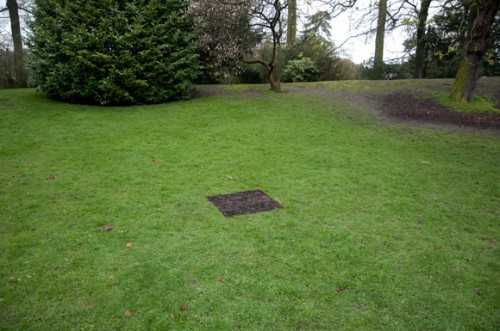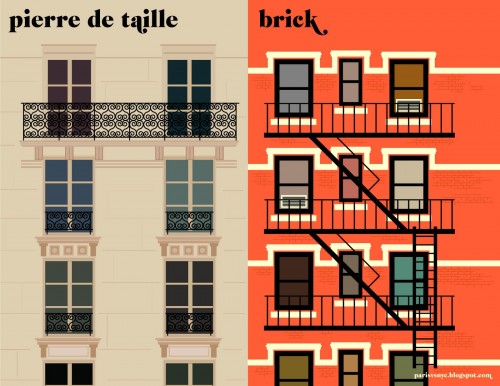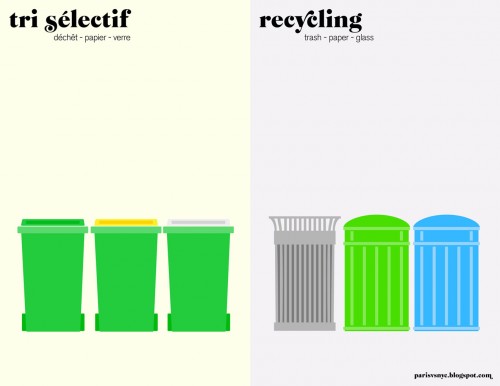YouTube

Year: 2010
Materials: nails in different sizes, wall
Dimensions: 3 x 3 cm
Apple

Year: unknown
Materials: Tape, MacBook Pro
Dimensions: 15″
Google Earth

Year: 2008-2010
Materials: burned square, grassland
Dimensions: 82 x 82 cm
Make sure you check out all the inspiring ideas by Helmut Smits at his web site or in his book “123 Ideas by Helmut Smits”:

And if you are lucky one of them flies by…
Title: Pamphlet
Year: 2006
Materials: computer, software, printer
People could type a message on the laptop. By pressing ‘send’ a pamphlet was printed and dropped from the 10th floor.










